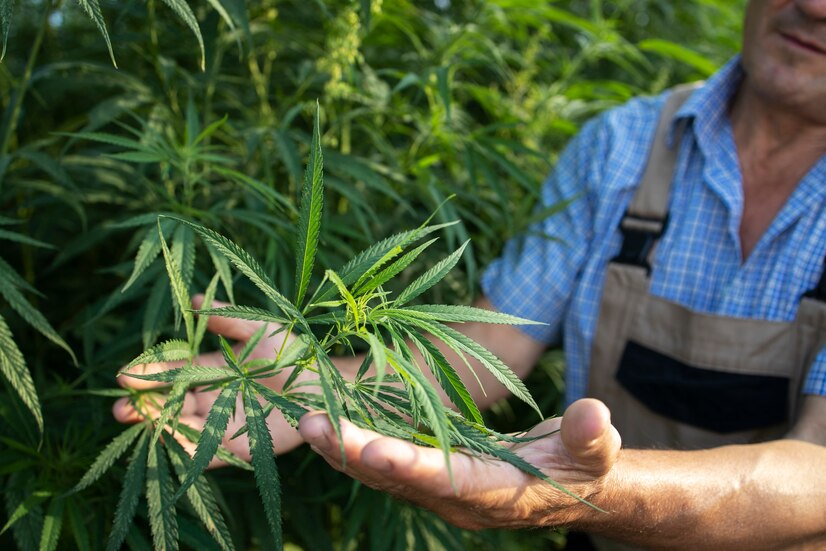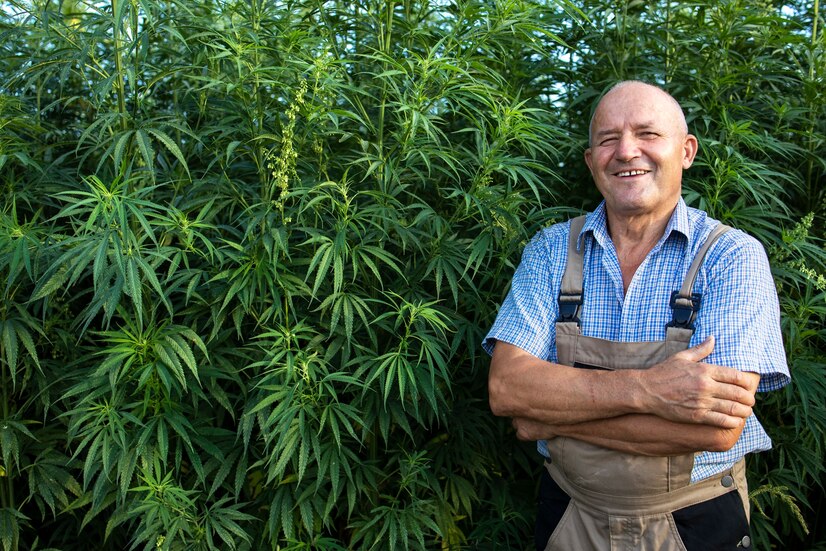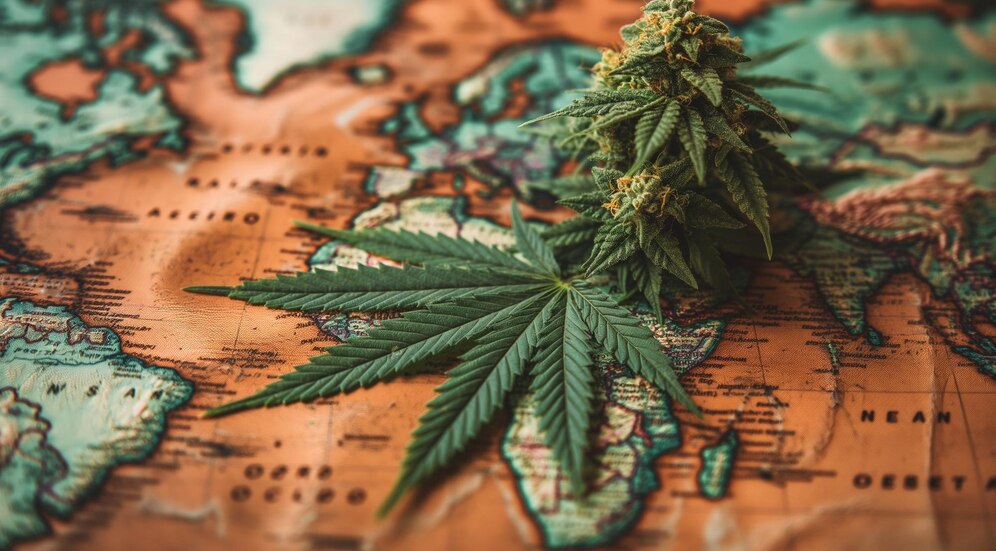Table of contents
In recent years, cannabidiol (CBD) has emerged as one of the most talked-about wellness trends in the United States. But before it became a staple in health stores and online shops, CBD’s path to legality was long, complex, and riddled with misunderstandings. Understanding the history of CBD is essential for anyone interested in its legal evolution, therapeutic potential, and future possibilities.
This blog post explores the key milestones in the history of CBD legality in the U.S., tracing it from early restrictions to modern-day acceptance.
Early Restrictions and the War on Cannabis

The history of CBD cannot be separated from the broader history of cannabis in America. In the early 20th century, cannabis was largely unregulated. However, rising political and racial tensions led to the Marihuana Tax Act of 1937, effectively criminalizing cannabis in all its forms—including hemp and CBD-rich varieties.
Then came the Controlled Substances Act of 1970, which classified all cannabis (including hemp and marijuana) as a Schedule I substance, meaning it was considered to have “no currently accepted medical use and a high potential for abuse.” This classification lumped non-psychoactive CBD in with psychoactive THC, despite their significant differences.
Scientific Interest and the Discovery of CBD

Though cannabis was outlawed, research quietly continued. In 1940, Dr. Roger Adams first identified CBD as a distinct compound. Later, in the 1960s, Israeli chemist Dr. Raphael Mechoulam made major breakthroughs in understanding CBD’s structure and effects, sparking global scientific interest.
Despite this, U.S. law remained unchanged for decades. Even as studies highlighted CBD’s non-intoxicating and therapeutic properties, it remained illegal under federal law due to its association with cannabis.
A Turning Point: The 2014 and 2018 Farm Bills
The history of CBD entered a pivotal era with the passage of the 2014 Farm Bill, which allowed states to run hemp pilot programs. These programs allowed limited cultivation of hemp (defined as cannabis with less than 0.3% THC) for research purposes.
However, the real game-changer came with the Agricultural Improvement Act of 2018, commonly known as the 2018 Farm Bill. This legislation:
- Removed hemp from the Controlled Substances Act
- Legalized hemp-derived CBD federally (with some restrictions)
- Allowed licensed farmers to grow hemp as an agricultural commodity
With this change, hemp-derived CBD with less than 0.3% THC became federally legal, opening the floodgates for CBD products in every form—from oils and tinctures to edibles and skincare.
Current Regulatory Environment
While the history of CBD has moved toward legalization, regulation remains complicated:
- The FDA still prohibits the inclusion of CBD in food or dietary supplements marketed for therapeutic uses without approval.
- The FTC monitors advertising claims to prevent companies from marketing CBD as a cure-all.
- State laws vary, with some allowing broader use and others imposing stricter controls or requiring registration.
This fragmented regulatory landscape means that while CBD is legal at the federal level, compliance still requires diligence at the state level and in specific marketing practices.
The Role of CBD in Modern Wellness
Today, CBD is widely used for a range of wellness applications, including managing anxiety, sleep, inflammation, and chronic pain. As ongoing research and clinical trials explore its full potential, many advocates believe the history of CBD is still being written—with federal regulatory clarity likely on the horizon.
Frequently Asked Questions (FAQ)
CBD was first isolated in 1940 by American chemist Dr. Roger Adams and later extensively studied by Dr. Raphael Mechoulam in the 1960s.
The 2018 Farm Bill federally legalized hemp-derived CBD with less than 0.3% THC, removing it from the Controlled Substances Act.
While hemp-derived CBD is federally legal, some states have restrictions. Always check your state’s laws regarding sales and possession.
The FDA prohibits medical claims for non-approved CBD products. Only one CBD-based medication, Epidiolex, is FDA-approved for specific seizure disorders.
Marijuana-derived CBD is only legal in states where marijuana is legalized for medical or recreational use. It remains federally illegal.
Final Thoughts
The history of CBD in the United States is a story of reevaluation and reform. From prohibition rooted in fear and misinformation to a wellness movement supported by science, CBD’s journey reflects broader shifts in how we view cannabis and plant-based medicine.
As laws and perceptions continue to evolve, staying informed about CBD’s legal status and history is vital—whether you’re a consumer, entrepreneur, or advocate.





